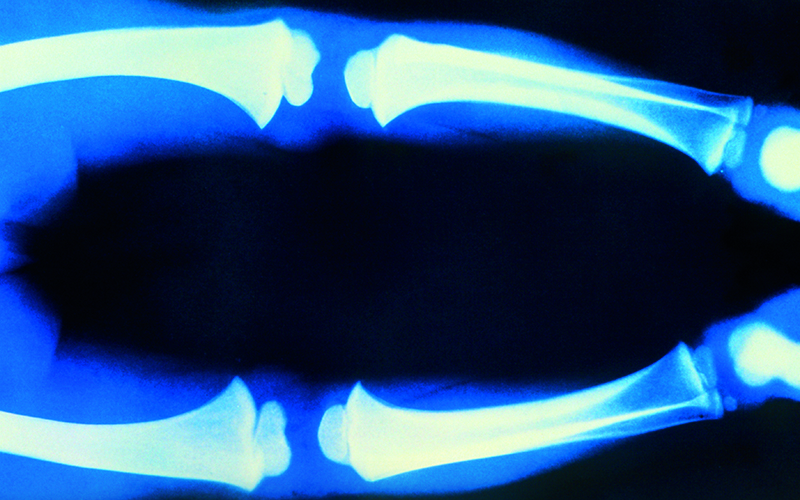This is the second instalment on Guido Fanconi in a series of short biographies of persons whose names are directly used for diseases, conditions, syndromes or tests familiar to those working in clinical pathology labs.

In 1931, Fanconi reported a child with glycosuria and albuminuria, in addition to rickets and dwarfism. Two years later, a similar case of a five-year-old child with short stature, glycosuria, “abundant” urine, low serum phosphate and rickets was reported by the Italian paediatrician Giovanni de Toni. In 1934 the French paediatrician Robert Debre reported an 11-year-old girl with rickets, glycosuria and increased organic acid excretion. In 1936 Fanconi suggested that the organic acids were amino acids and recognised the similarities in these reports and added two more cases and elaborated on the biochemistry of this collection of symptoms. In 1943 McCune and colleagues produced a comprehensive description of the clinical and chemical features of renal Fanconi syndrome (RFS) with a literature review of cases to that date and designated the condition as the Fanconi syndrome. A study in 1946 by Charles Dent at University College Hospital, London used paper partition two-way chromatography to identify the amino acids, as a generalised renal aminoaciduria in a 34-year-old man with RFS. In 1949 Fanconi, working with German physician Horst Bickel in Zurich, reported a combination of findings in a child including urine aminoaciduria, glycosuria and rickets, but significantly glycogen deposition, and was designated as glycogen storage disease type XI. However, it is now regarded as a defect of carbohydrate transport and cited as Fanconi Bickel syndrome.
During the following two decades, a number of inherited diseases and deposition conditions associated with renal tubular dysfunction displayed the biochemical hallmarks of RFS.
Please click here to read the full article.




